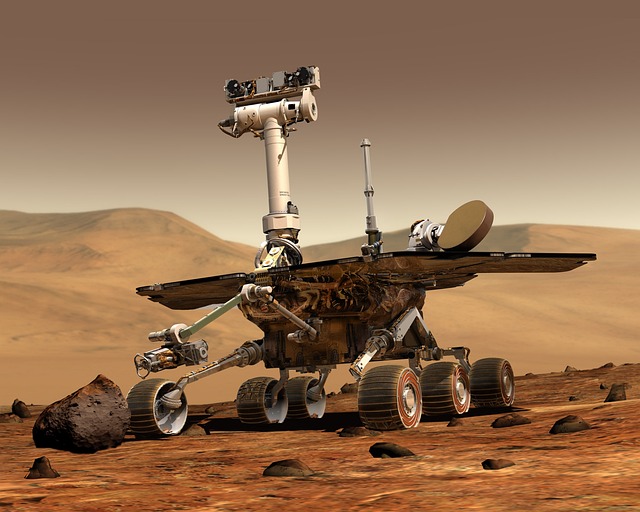In recent years, the landscape of business has been reshaped by groundbreaking advancements in robotics research. As industries embrace automation, the integration of robotics and artificial intelligence is not just a trend—it’s a revolution. The merging of these technologies is transforming operations, empowering companies to enhance efficiency and innovate in ways previously thought impossible.
Robotics, once seen primarily in manufacturing, is now permeating every facet of business. From logistics to customer service, robots are stepping in to take on tasks that are repetitive and time-consuming, freeing human workers to focus on higher-level strategic initiatives. This shift isn’t just about replacing human labor; it’s about augmenting our capabilities. Organizations deploying automated systems can achieve unprecedented levels of productivity, while also improving accuracy and speed.
Artificial intelligence plays a crucial role in this transformation. AI algorithms enhance the functionality of robotic systems, allowing them to learn from their environments and adapt their actions accordingly. For example, AI-driven robots in warehouses can analyze patterns in inventory to optimize stock management, reducing waste and improving service levels. The result? A business that can respond to market demands more effectively, remaining agile in a competitive landscape.
The impact of this robotics research extends beyond operational efficiency; it encompasses a cultural shift within organizations. Employees are encouraged to think critically about how they can collaborate with machines rather than fearing job loss. This evolving workplace dynamic fosters an atmosphere of innovation and creativity, where human intuition and knowledge combine with robotic precision to tackle complex problems.
Moreover, automation driven by robotics research can lead to significant cost savings. By streamlining processes and reducing human error, businesses can allocate resources more effectively, channeling budget towards research, development, and enhanced customer experiences. This investment in technology not only yields immediate results but also paves the way for long-term growth and sustainability.
The ongoing exploration in robotics research presents a myriad of possibilities. As we delve deeper, we’re likely to see robots taking on more complex and specialized tasks, further blurring the lines between man and machine. As companies continue to explore these advancements, the practical applications of robotic systems will continue to expand, unlocking new value propositions for their customers.
In essence, the future of business lies in robotics and automation. With the continuous evolution of technology, we are on the brink of discovering untapped potential that could redefine productivity and innovation. As businesses embark on this journey, the role of robotics research will be pivotal in navigating the new era of automation. Embracing this shift not only prepares organizations for future challenges but also enables them to thrive in an ever-evolving marketplace.




